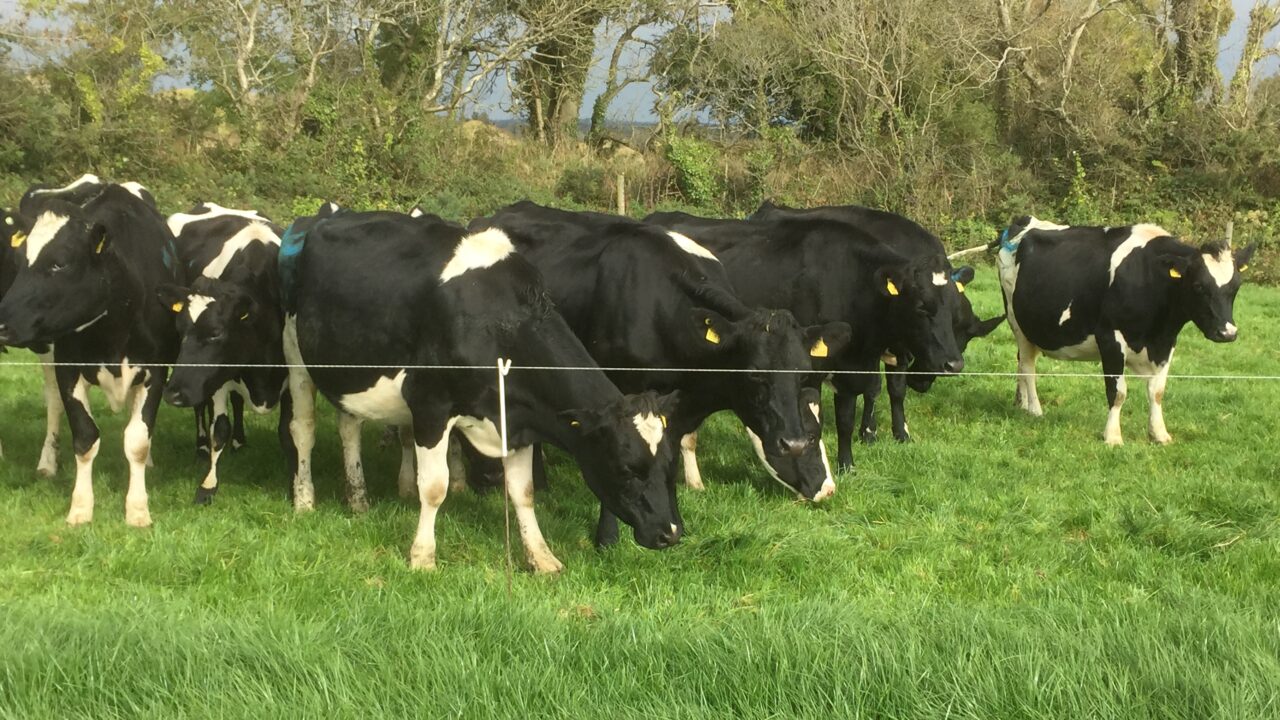The preservation and management of grass is of constant importance to farmers. At this time of year, our attention turns to strip grazing – a great way to achieve the best clean-outs possible.
We have entered into the final third of the lactation cycle on spring-calving dairy farms. This period of the grazing season involves farmers building covers for autumn and early spring-grazing, while also ensuring that cows continue to receive adequate allocations.
This can be challenging and it is not uncommon for farmers to run out of grass before their planned housing date.
This can then lead to cows having to be housed earlier than planned and increases cost on farms.
Strip grazing
Strip grazing helps to achieve residuals and avoid unnecessary wasting of grass, when allocating is done correctly.
Cows should be allocated fresh breaks at each grazing – although in many parts of the country ground conditions are holding up well, this will not last.
Keeping cows at grass, while avoiding damage, is key at this time of year.
This is where the use of strip grazing, back fencing and spur roadways is important on farms.
Using a back fence protects already grazed areas from cows grazing early regrowth and potentially causing damage.
The use of spur roadways alongside back fencing means that a small area is sacrificed to be damaged – this area is usually along the fence line, to protect the rest of the paddock.

Grass
Grass is key to the Irish dairy farmer’s production model, so keeping cows at grass for as long as possible is important.
This inevitability means an increase in workload in terms of grazing management of cows, but the benefits will out way the effort.
Putting in extra effort now will have a huge benefit come spring next year. Building grass covers, while also protecting ground conditions, will mean that early spring-grazing will be achievable next spring.
Spring-calving dairy farmers are well aware of the benefits that getting cows grazing in early spring offers them.
